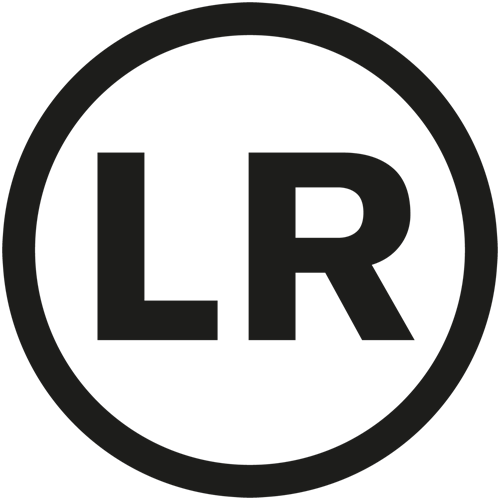making the ordinary extraordinary
Reflectance Transformation Imaging (RTI) Capture
The RTI Technology
Reflectance Transformation Imaging or RTI as it is commonly known is a photographic technique used to reveal surface information including the colour and shape of an object that would not be visible under normal examination. The technique involves keeping the camera stationery and taking multiple photographs of the same object with the light projected from a number of different positions for every shot. The number of shots taken of the subject can vary but is normally somewhere between 24 and 60 captures.
The resulting images are then processed and viewed through some specialist software which lets the viewer quickly see the lighting effects from each angle just by moving a computer mouse.
Images are created from multiple photographs of a subject, where each shot is taken with light projected from a different direction to produce varying highlights and shadows. These are then combined so the changing interplay of light and dark discloses fine details of the surface.
For anyone wishing to learn more about this technique we have found a great resource to be the Cultural Heritage Imaging Organisation website which discusses this technique in great depth and where a software viewer can be downloaded to process the images.
https://culturalheritageimaging.org/Technologies/RTI/
Light Revolution and RTI
The first time we became aware of this technique was when we demonstrated Light Revolution at an AHFAP conference and showed delegates examples of the highly detailed images that the system creates and a number of people asked if the images had been created using the RTI technique as the images were so detailed.
After the conference we thought it would be a good idea to investigate RTI further as there had been such interest in the subject so after speaking to contacts in the cultural heritage sector we were pointed in the direction of the Cultural Heritage Imaging website.
Having reviewed the RTI technique which appeared to be a manual process we thought it would be relatively easy to modify our LR4 system to automate the image capture process so we started exploring the possibilities which led us to build a prototype rig to test the concept. The Centre for Fine Print Research at the University of the West of England became aware of our experiments and invited us to deliver a lunchtime seminar which was titled “Automated Image Capture for RTI Experiment” which you can see here:
http://cfpr.uwe.ac.uk/cfpr-lunchtime-seminar-7-july-2021/
Advantages of using the LR4 System for RTI Capture
As you will see from the seminar we can create virtual domes of different sizes up to a few metres across with the existing system and potentially even larger with further adaptation. Automating the process means that it just takes a single operator to produce a complete set of images for processing in just a few minutes.
Light Revolution RTI Solutions
The experiments led us to develop two pro-type solutions for RTI capture one which requires manual intervention to move a single light to different angles during the process and the other which is fully automatic and switches four or more lights in a preset sequence. The single light source solution will be available early in 2022 as a finished product and the fully automatic solution will follow shortly after. Please note we have not explored providing a software solution for viewing the images as there are already a number of options available.
LR4 - RTI Solution Using Single Light Source
LR4-SYS-ARM-A01
As you will see from the video above a single light source is mounted on to a 900mm radius arm, the light source is left permanently on and the LR4 control system moves the light to a preset number of positions and then fires the camera at each position. The operator then raises the light along the arm to a different angle to the horizontal and the process is repeated as many times as required.
LR4 - RTI Fully Automatic RTI Solution Using Multiple Light Sources
As you will see from the video above four light source are mounted on to a 900mm radius arm at specified angles normally ranging from 15 to 65 degrees from the horizontal. The LR4 system moves to position one then activates each light in sequence and fires the camera shutter as each light is switched on. The array of lights on the curved arm then moves to the next position and repeats the process 12 times to give a total of 48 exposures in just a few minutes.


